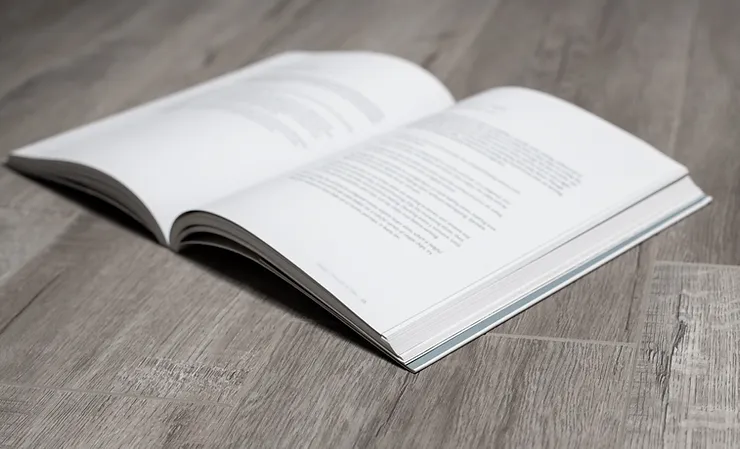In the next couple of weeks, we are going to be focusing on reading comprehension again. But even more importantly, we aren’t going to stick with fiction or poetry this time. We are going to be taking a look at non-fiction texts. Why, you might ask?
Well, according to this research, “Nonfiction helps children develop critical thinking, and analytical skills, as well as the ability to read and understand complex texts. More so, nonfiction can help students develop knowledge of their environment and society – crucial in later grades as students begin reading more content-specific textbooks.”
So, this week, we will be utilizing non-fiction excerpts to help students to unpack and summarize some more difficult texts, which focus on a topic that they may not have learned a lot about. And what could be more impactful than keeping Native American History month as our focal point. Learning about new cultures, new experiences, and new knowledge is always so incredibly important, and it helps to make every lesson even more critical.
Check out the syllabus below for what we’ll be doing:
Reading Lab #4: Comprehension
November 15, 2022
Class Syllabus – Grades 6-8
Objective: Students will be able to effectively summarize a non-fiction text by distinguishing between main ideas and details.
Essential Questions:
- What is a text structure and why is that important when reading nonfiction?
- What is a main idea?
- What are supporting details?
- How do I put all these bits of information together in order to form an effective summary.
Enduring Understandings:
- Common text structures include description, sequence, compare and contrast, cause and effect, and problem and solution. Determining what the text structure is can help you to identify the author’s purpose.
- The main idea is the central message that the author wants to get across about a particular topic.
- Supporting details are facts or examples that tell the reader more information about the main idea.
- Using the IVTB strategy can help you to identify all of the critical parts in a nonfiction text, and can help you to explain the main idea.
Standards:
| Grade 6 | Grade 7 | Grade 8 |
| RI.6.2. Determine a central idea of a text and how it is conveyed through particular details; provide a summary of the text distinct from personal opinions or judgments. RI.6.3. Analyze in detail how a key individual, event, or idea is introduced, illustrated, and elaborated in a text (e.g., through examples or anecdotes). | RI.7.2. Determine two or more central ideas in a text and analyze their development over the course of the text; provide an objective summary of the text. RI.7.3. Analyze the interactions between individuals, events, and ideas in a text (e.g., how ideas influence individuals or events, or how individuals influence ideas or events) | RI.8.2. Determine a central idea of a text and analyze its development over the course of the text, including its relationship to supporting ideas; provide an objective summary of the text. RI.8.3. Analyze how a text makes connections among and distinctions between individuals, ideas, or events (e.g., through comparisons, analogies, or categories). |
Materials:
- Please read and print the document which is attached to the syllabus.
- Pen or pencil
- Paper












